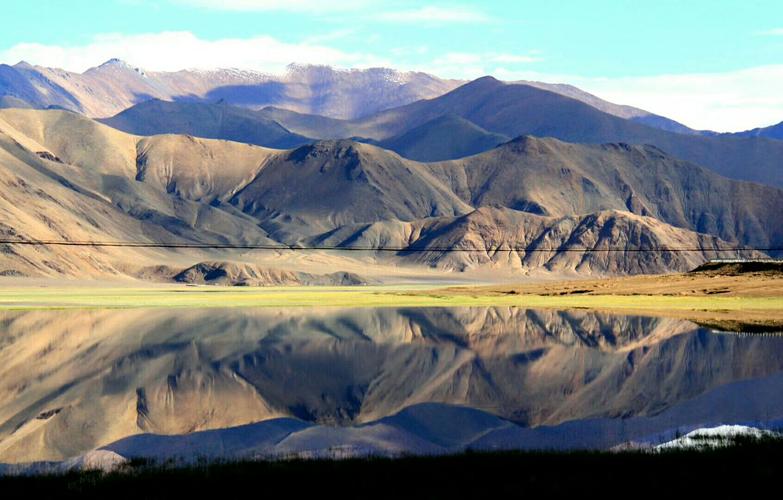For those seeking a thrilling adventure in the heart of nature, few places compare to Yosemite National Park. With its stunning landscapes, impressive biodiversity, and ample opportunities for outdoor recreation, it’s no wonder backpacking Yosemite has become a bucket list item for many. However, planning such a trip requires careful consideration, especially when it comes to obtaining permits. Here are some top tips to ensure a smooth and successful Yosemite backpacking experience.
Know When to Go
The best time to backpack Yosemite is from late spring to early fall, when the weather is mild and the scenery is at its finest. However, this also means that permits are in high demand during this time. It’s important to plan ahead and apply for permits well in advance, especially if you are eyeing popular trails such as Half Dome or the John Muir Trail. If you’re flexible, consider visiting Yosemite during the shoulder seasons (late fall or early spring), when the crowds are thinner and permit availability is higher.
Understand the Permit System
Yosemite has a quota system for wilderness permits, which means that only a limited number of people are allowed to enter the park’s backcountry on any given day. This is a measure to protect the park’s fragile ecosystem and ensure that visitors have a quality experience. Permits can be obtained through the National Park Service’s website, and it’s important to carefully read and follow the instructions. Some permits require a non-refundable fee, while others are available on a first-come, first-served basis.
Consider Alternative Routes
While popular trails such as Half Dome or the John Muir Trail are undoubtedly iconic and offer incredible views, they are also highly competitive for permits. Consider exploring lesser-known trails or routes, which can offer unique experiences and can be easier to obtain permits for. Some great options include Glacier Point to Little Yosemite Valley, Yosemite Creek to North Dome, or Hetch Hetchy to Rancheria Falls.
Be Prepared
Backpacking in Yosemite requires careful planning, especially when it comes to gear and supplies. Make sure to pack appropriately for the weather and terrain, and bring enough food and water for the length of your trip. Additionally, be mindful of Leave No Trace principles and avoid damaging the park’s natural resources. This includes not leaving any trash behind and using durable surfaces for camping.
In conclusion, backpacking Yosemite can be the trip of a lifetime, but it requires careful planning and preparation. By following these top tips on obtaining permits, you can ensure a successful and enjoyable experience. Remember to plan ahead, understand the permit system, consider alternative routes, and come prepared with appropriate gear and supplies. Happy trails!
(Note: Do you have knowledge or insights to share? Unlock new opportunities and expand your reach by joining our authors team. Click Registration to join us and share your expertise with our readers.)
